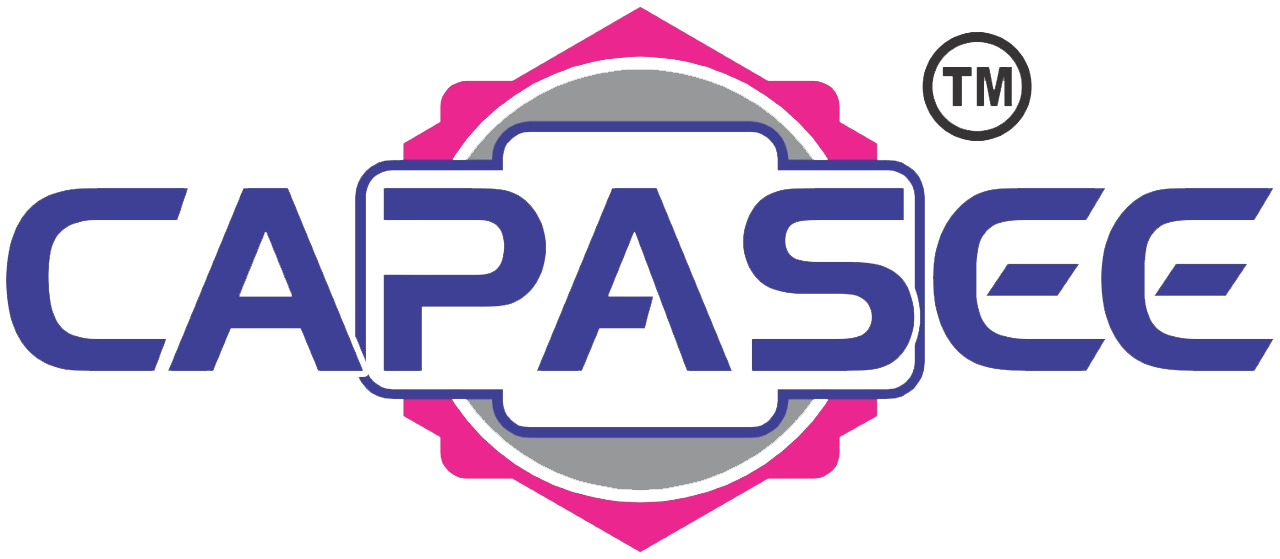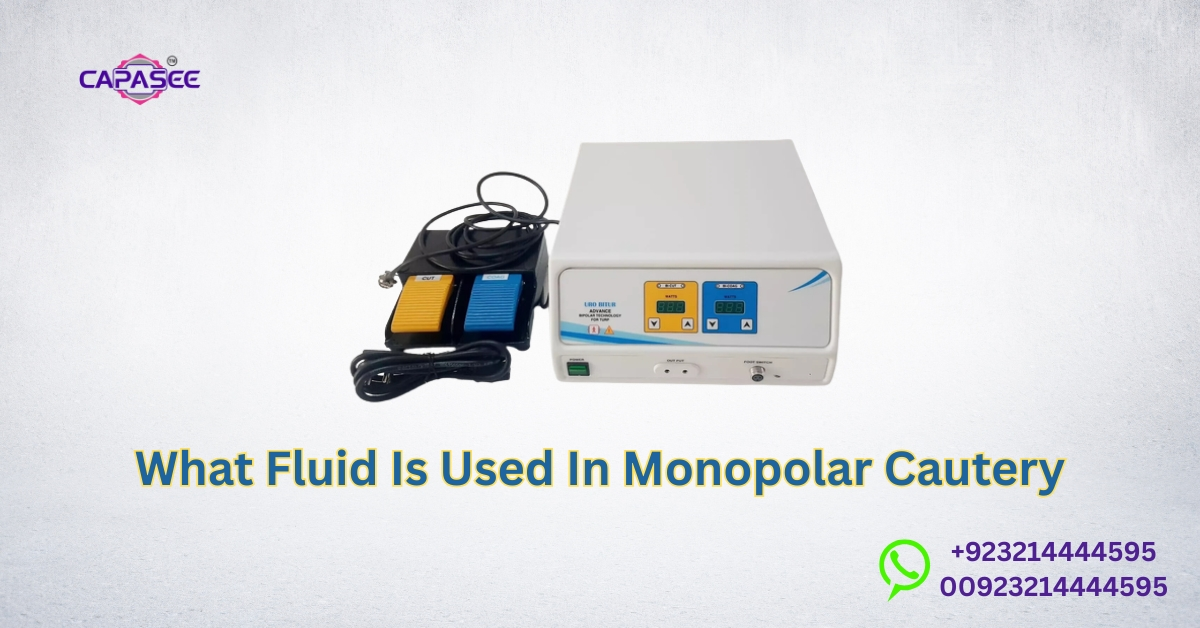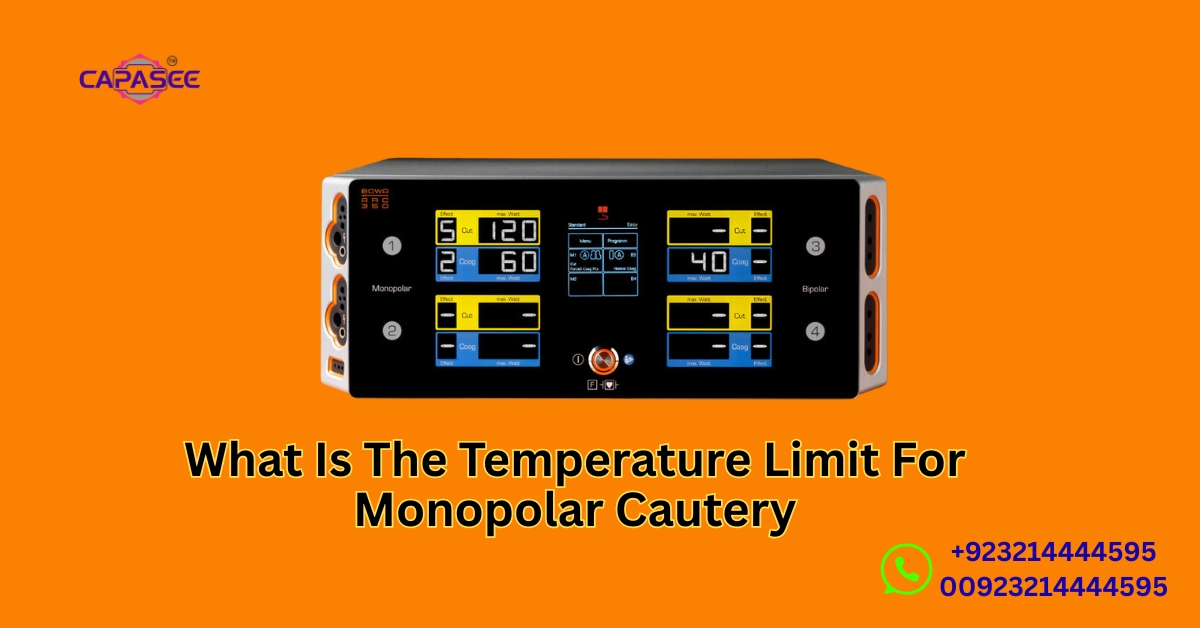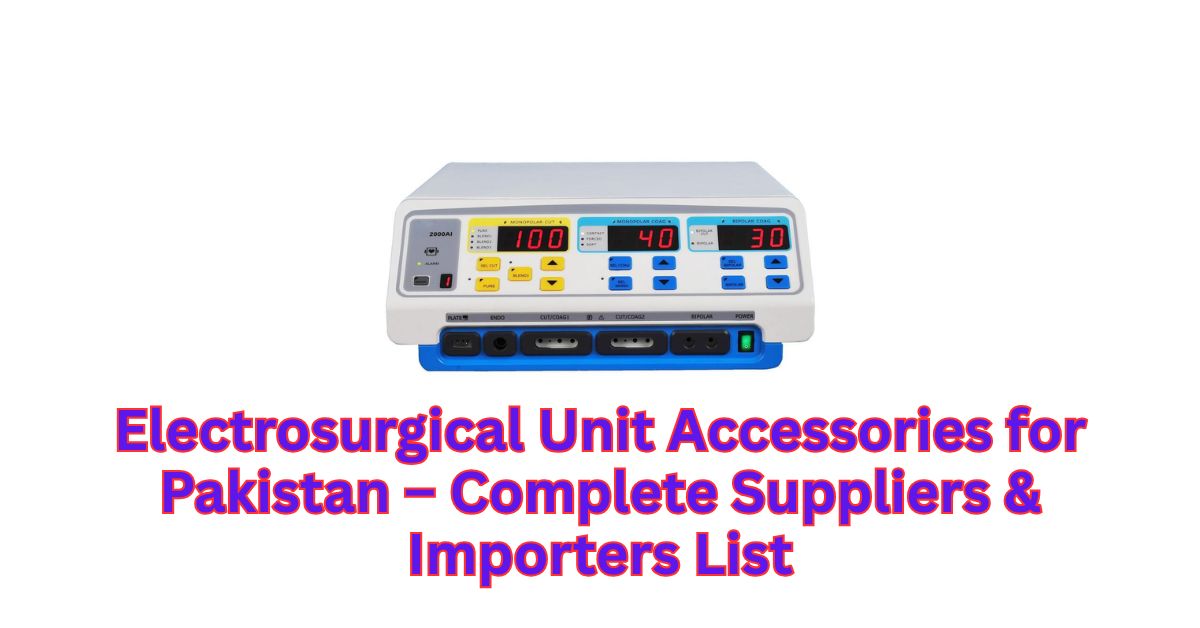Have you gotten confused when doctors mention monopolar cautery during surgery? You’re not alone. A large number of individuals are left wondering what it is all about when they read about it in hospitals or medical programs. It is a complicated sounding; however, it is something that is used every day to make surgeries safer and cleaner. You know, once you were wondering how surgeons can so precisely control bleeding, you are on the right track.
We will discuss herein what monopolar cautery is, its mechanism, and why it is such an imperative instrument in present day surgery. You will know how it can assist physicians in doing surgeries with minimal blood loss and quicker recovery. It does not matter whether you are a student, healthcare worker or even a curious learner because this simple guide will only make the concept easy to comprehend.
Essential Fluids Used in Monopolar Cautery: A Complete Guide by Capasee
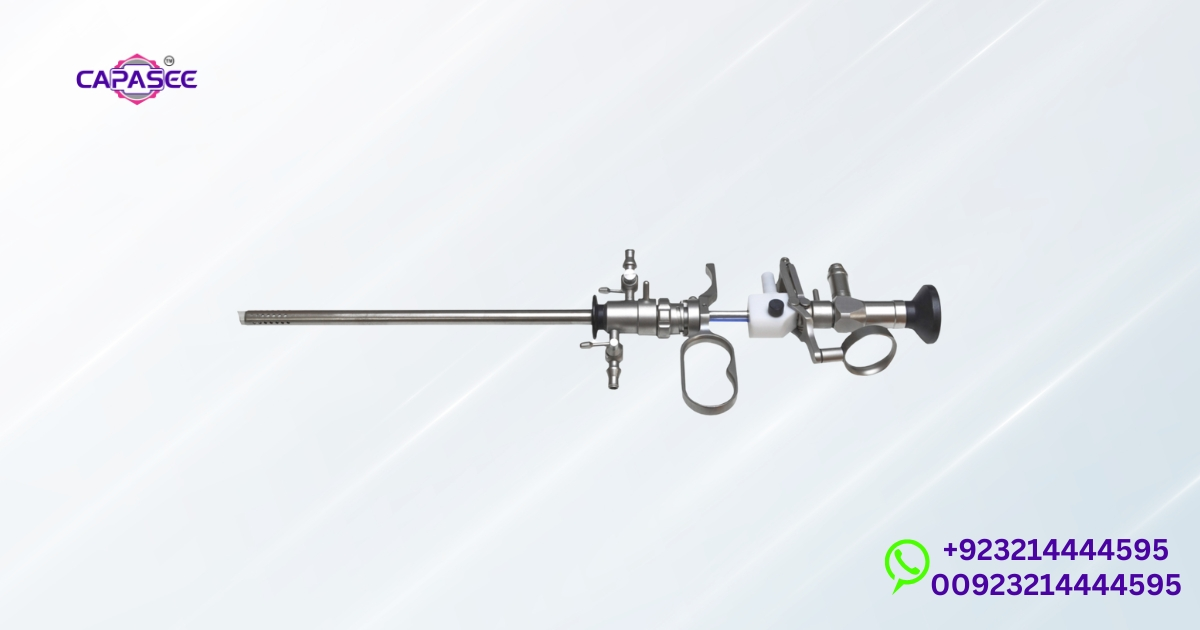
Monopolar cautery assists the surgeon in managing bleeding and avoiding tissue incision. The reason why the right monopolar cautery irrigation fluid should be used is to prevent electrical burns and provide a smooth surgery. Pakistan doctors normally use Capasee Electro Medical Engineering cautery fluid that produces safe and consistent outcomes when performing long procedures. The liquid applied in the electrocautery should be able to safeguard the tissue and even enable surgeons to see better.
The non conductive fluid used in monopolar cautery is, in most circumstances, significant in ensuring that the electric current is contained. This fluid should be clear, sterile and tissue soft. The selection of the appropriate solution will not allow undesired current flow as well and it promotes quick healing. Surgeons are confident in the solutions offered by Capasee since they have high safety standards. Their products assist the doctors in undertaking all the steps with accuracy and confidence.
Types of Fluids in Monopolar Electrocautery: Saline and Other Solutions Explained
Various fluids are applicable in electrosurgery, although not all fluids are applicable in monopolar cautery surgical fluid. The common types of fluids used in various hospitals include glycine irrigation fluid in monopolar cautery, mannitol fluid in monopolar electrocautery and sorbitol as monopolar irrigation fluid. These represent electrolyte free irrigation fluid cautery, which eliminates electric conduction and safeguards the patient. Non conductive fluids are essential in monopolar electrocautery, which makes it safer and more likely to cut and coagulate cleanly.
| Fluid Type | Conductivity | Main Benefit |
| Glycine 1.5% | Non conductive | Safe for delicate tissues |
| Mannitol 5% | Non conductive | Reduces electric risk |
| Sorbitol 3% | Non conductive | Helps clear vision during surgery |
Each of them is designed with a particular purpose. Indicatively, glycine irrigation fluid of monopolar cautery aids visibility and cooling. Mannitol aids in the normalization of body fluids and prevents swelling of the tissue. Sorbitol is effective in the enhancement of the visibility of cautery irrigation solutions in Pakistani hospitals. To prevent fluid overload and safe contact with the tissue, surgeons need to adhere to the fluid usage guidelines in monopolar electrosurgical units.
You May Also Read This Blog: What Is The Cost of Jahangir Cautery Machine
Monopolar vs Bipolar Cautery Fluids: Key Differences and Safety Considerations
The primary distinction between monopolar and bipolar cautery fluids is in the electric flow and safety. Monopolar cautery requires non conductive fluids, whereas the bipolar system is safe with saline. This disparity influences the transfer of energy in tissues and tools. The knowledge of the differences between monopolar and bipolar irrigation fluids is useful for avoiding patient injury and using safe materials chosen by a doctor.
Safety always comes first. The precautionary steps to be taken when using monopolar cautery fluid are to keep track of the fluid intake, temperature, and the use of solutions that contain electrolytes. Absorption of irrigation fluids during monopolar cautery is not without effects and it may lead to swelling or imbalance when poorly handled. This is the reason that Capasee Electro Medical Engineering monopolar cautery equipment applies sophisticated systems in maintaining control and protecting patients. The influence of the irrigation fluid on the coagulation of the tissues using monopolar cautery is determined by its composition and temperature. With the appropriate choice of fluid, the wound recovers quickly and the outcome remains constant throughout the entire operation in Pakistan.
Role of Conductive and Safety Fluids in Monopolar Cautery Procedures
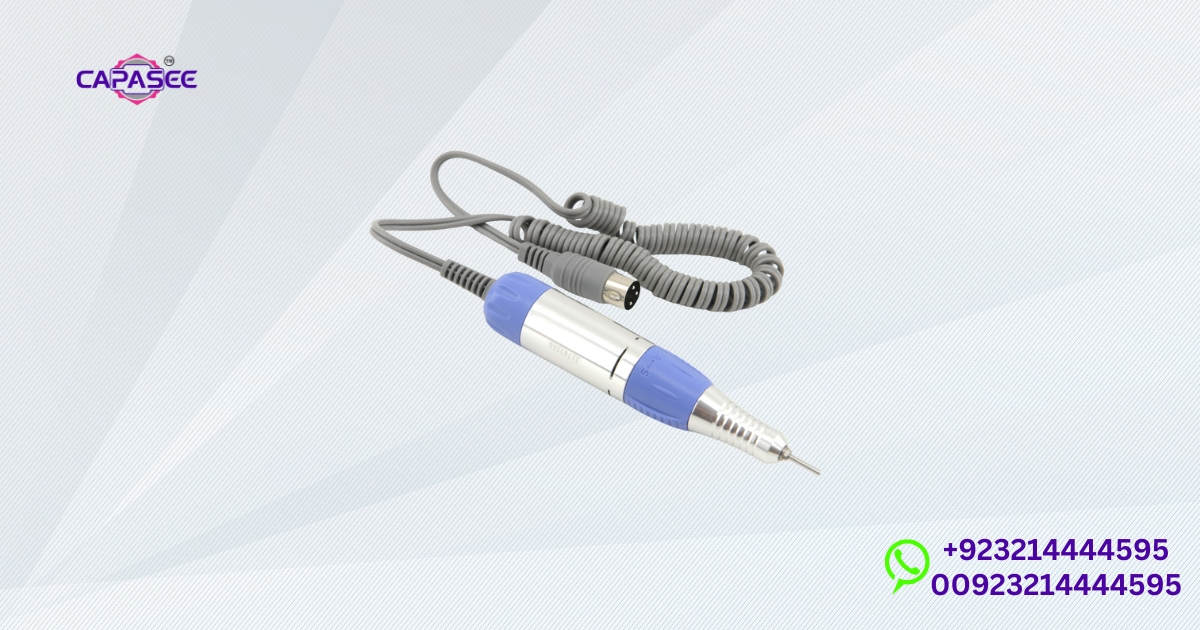
Doctors in any operation employ monopolar cautery to cut or hemorrhage. The monopolar cautery fluid is right and safe, which provides easy outcomes. Electrocautery procedures are carried out with the help of a fluid that prevents the spread of electric current and secures the safety of tissues. Capasee Electro Medical Engineering cautery fluid offers quality alternatives that are used in hospitals in Pakistan. The monopolar cautery that uses a non conductive fluid assists the surgeons to work with accuracy and confidence.
The safety fluids prevent burns and heat in the course of work. The cautery solutions of the electrolyte free irrigation fluid are meant to be mild yet efficient. Such solutions will guard a patient and equipment by holding the current path constant. Cautery irrigation solutions Pakistan at Capasee also adhered to all safety regulations, which allow medical staff to make delicate surgeries as safe and painless as possible.
What Liquid is Applied During Monopolar Cautery? Insights from Capasee
Various fluids are used in hospitals, such as glycine irrigation fluid in monopolar cautery, mannitol fluid in monopolar electrocautery and sorbitol fluid in monopolar as an irrigation fluid. These are irrigation fluid cauteries, which are free of electrolytes and assist a doctor in eliminating electrical conductivity and burns. Capasee Electro Medical Engineering monopolar electrocautery devices work based on these tested fluids to enhance the results of surgery. What is the nature of the fluid that is utilized in monopolar cautery? It is based on the procedure, type of tissue and safety objectives.
| Fluid Type | Properties | Use Case |
| Glycine 1.5% | Non conductive | Reduces heat and improves visibility |
| Mannitol 5% | Non conductive | Balances body fluids and protects organs |
| Sorbitol 3% | Non conductive | Keeps tissue clear and prevents electric shock |
There are specific advantages of each liquid. What happens with the use of glycine in monopolar cautery irrigation? Due to its assistance in maintaining the field of operation, visible. The purpose of mannitol in monopolar electrocautery surgery is to ensure there is a balance in the tissue and swelling is avoided. Sorbitol, as an irrigation fluid monopolar, can also be used to provide clarity on long operations. Capasee makes sure that its fluids are of international safety and purity.
Check More: Our Products
Uses and Importance of Electrosurgical Fluids in Monopolar Cautery Machines
Electrosurgical fluids play a critical role in terms of safety and control. The significance of non conductive fluids in monopolar electrocautery is the fact that this allows the electricity to avoid passing through the body of a patient. The actions of absorbing irrigation fluid during monopolar cautery are capable of causing unbalanced effects in case of using the wrong fluid. This is the reason why Capasee concentrates on the quality of production. Their monopolar cautery surgical fluid reduces risk and promotes healing of the tissue.
Safety always matters. The safeguards to take into account in monopolar cautery fluid choice involve the use of sterile, non reactive, and clear fluids. The influence of irrigation fluid on tissue coagulation during the use of monopolar cautery is dependent on its temperature and chemical composition. Competitions between monopolar and bipolar irrigation fluids demonstrate the reason why monopolar cautery must use the non conductive fluid only. Adherence to the instructions of fluid utilization in monopolar electrosurgical units can guarantee the safety and stability of performance. In Pakistan, the use of fluids that are reliable and practical by Capasee makes all the procedures reliable and accurate.
FAQ’s
Which fluid is used in monopolar cautery?
Fluids that do not conduct, such as glycine, mannitol or sorbitol, are applied to stop the passage of electric current and keep tissues safe.
Can you use saline with monopolar?
No, saline is electric and can burn, and is not safe in monopolar cautery.
What does monopolar cautery require use of?
This necessitates the use of a non conductive irrigation fluid, as well as a grounding pad, in order to safely complete the electric circuit in the course of surgery.
Why is glycine used in monopolar cautery?
Glycine is non conductive, transparent and mild on tissues and assists surgeons to have a better view and prevent electrical damage.
What is the irrigation fluid for monopolar TURP?
The fluids of choice during monopolar TURP include 1.5% glycine, 3% sorbitol, and 5% mannitol, which are non conductive and safe.
Final Thoughts
To perform surgical operations safely and accurately, it is necessary to know what fluid to use in monopolar cautery. To avoid the risk of electrical current damaging tissues, surgeons use non conductive fluids like glycine, mannitol and sorbitol. These specialized fluids help to preserve clarity, minimize thermal damage and enhance quicker healing. Capasee Electro Medical Engineering cautery fluid is very dependable and safe in Pakistan and this type of fluid is more preferred in most hospitals. The doctors can choose the correct solution to irrigation that will make operations in all monopolar cautery procedures smoother, better, and patient protective.
